Before I begin, a little disclaimer. I just want to say that I am very impressed, despite anything else that I’m about to say. Despite any criticisms I happen to have, just know, I get it. This isn’t easy, and anyone who is able to write a story at this scale, for such a long period of time, should be proud of themselves. This is a once in a lifetime event and I don’t take that for granted. Respect.
Fishman Island
Chapters: 598-653 (56)
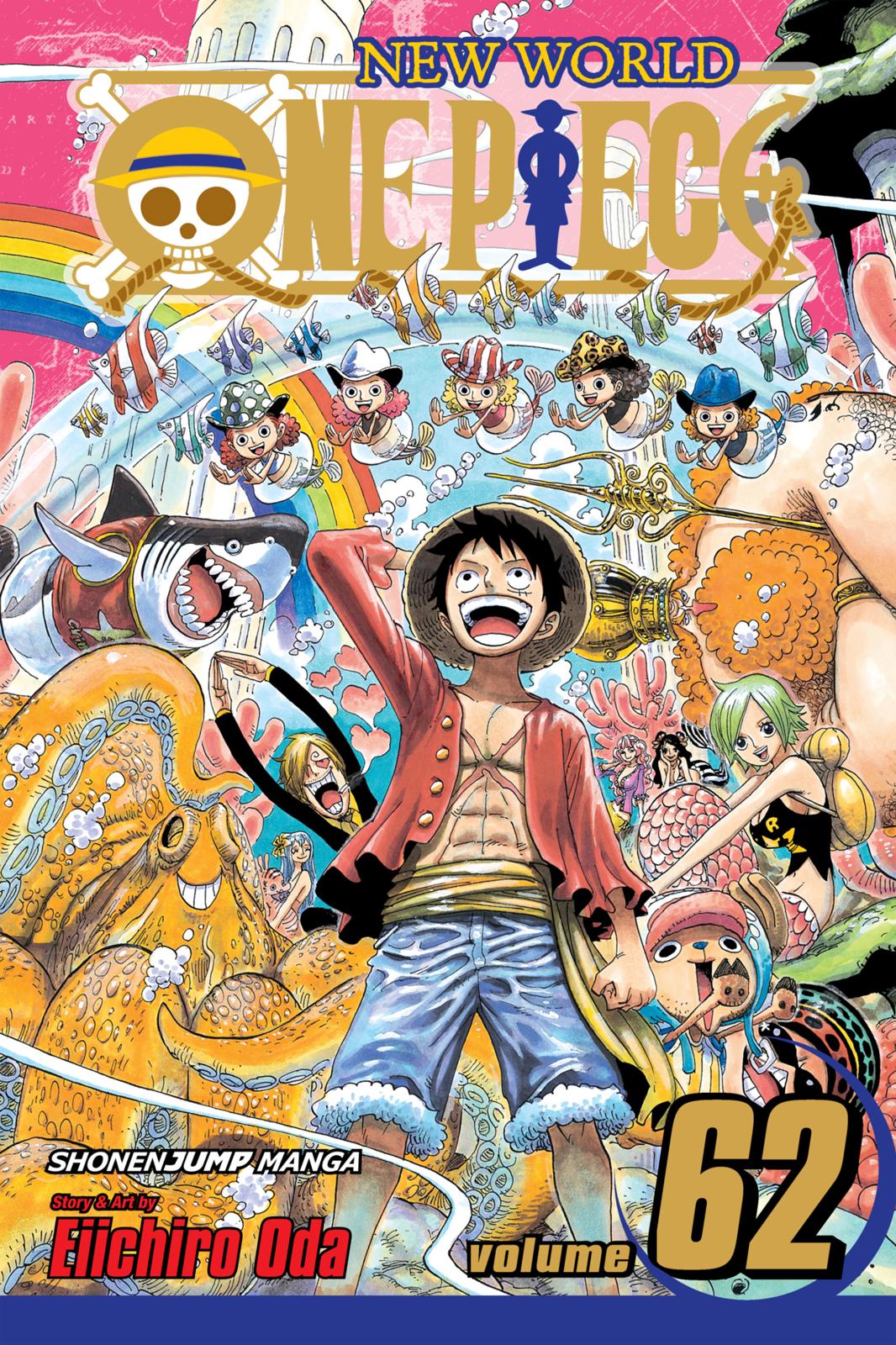
Return to Sabaody
Return to Sabaody does exactly what it needed to, which is get the readers excited for the New World. The Straw Hats all come back with new character designs, as well as displaying their growth over the past two years.
They flex on the enemies they previously struggled with, which is expected, but what really elevated this arc for me were the imposter Straw Hats, I thought that was an amazing gag. So, overall, not a bad start!
Final Ranking: B
Fishman Island
I thought Fishman Island was similar to Thriller Bark in the sense that it really had the potential to be one of the best arcs if it really wanted to, as such, we’ll try to go over what this arc presented to us and we'll see if we can find where it might have hit a snag.
Let’s start with Shirahoshi, the mermaid princess. Now, I don’t agree with the consensus that she’s too annoying. She does have annoying tenancies, yes, but it’s clear that she’s growing out of them. She’s even mocked by Luffy for being so cowardly, similar to how he did all the way back in Romance Dawn with Koby.
Shirahoshi’s character arc is one of building up courage, specifically to face the outside world. You could argue that’s nothing outstanding, and again, we’ve done this before with Koby, but it makes perfect sense for Fishman Island. It reflects on how they want to stay inside their bubbles, safe from the outside world. They know that the surface has so much to offer them, but they let their fear keep them from prosperity.
Now, I wasn’t sure what to make of Otohime, who tried to promote friendship between fishmen and humans, but it makes sense from a story perspective. Shirahoshi using her powers against the world government means she would have to turn her back on Otohime’s wishes. She would have to realize “friendship” might not be the best solution in dealing with the world government. What would that mean for her relationship with her mother?
Alright, so Shirahoshi ended up being a pretty solid character in the end, so let’s shift focus and turn our heads towards the main villain, Hody Jones. Is Hody Jones a good villain? No. Is Hody Jones a good idea for a villain? Yes.
As a young boy, Hody was moulded by the stories of Fisher Tiger and human hating adults like Arlong. He was quite literally moulded by fake news. This is essentially the dark side of “inherited will”, one where the inheritor becomes an empty vessel who believes in nothing. Hody was unwilling to think for himself and blindly followed the words of his heroes.
Hody Jones is Shirahoshi’s opposite. Whereas she wants to find beauty in new places, in other words, touch grass, Hody is edgy and assumes he’s already been told everything he needs to know. He doesn’t have to touch grass in order to understand the history, the political landscape, or the conflicts therein, because his idols said so.
This is an arc about limited perspectives, and how experience can be a valuable teacher. That is, unless you’re Fisher Tiger. Tiger was too hurt to accept humans, whereas Otohime was too optimistic to see the errors in appealing to an oppressive system.
I really think Jinbe should have joined here. There’s a few characters that join temporarily in the following arcs, in a similar role that Vivi did way back during the Baroque Works saga. I don’t have anything against someone playing the “every man” role, at least in theory, but I think I would have much preferred more time being given to fleshing out Jinbe and his dynamics with the rest of the crew, instead of doing nothing with the likes of Carrot and Kinemon.
Now we need to talk about the problems with Hody Jones, and the truth is a little more complicated than just “he’s boring” or “he’s forgettable”. The ideas behind him are sound, but I don’t think One Piece explores those ideas in a thoughtful way. Fishman Island isn’t the only arc where I have this kind of problem with, but it was a particularly egregious one.
The thing is, One Piece starts out extremely simple, both structurally and thematically, but once it gets past Alabasta, things start to become noticeably more complex. The series ends up having a lot to say about serious real world issues, in Skypeia’s case it was the long-term effects of colonialism, or in this case it’s how the oppressed interact with their oppressors and the power and prevalence of weaponized information and disinformation.
That all sounds really interesting, and there are times when I can appreciate what One Piece is trying to say, but due to the clumsy and straightforward nature in which a lot of those themes are handled, it can leave certain sections feeling unremarkable.
In short, Fishman Island actually has a strong start, and a strong ending, but pretty much the entire second act is really messy. Sanji’s perverted nature has also reached obnoxious extremes here, I don’t think I like that.
Final Ranking: D
Dressrosa
Chapters: 654-801 (148)
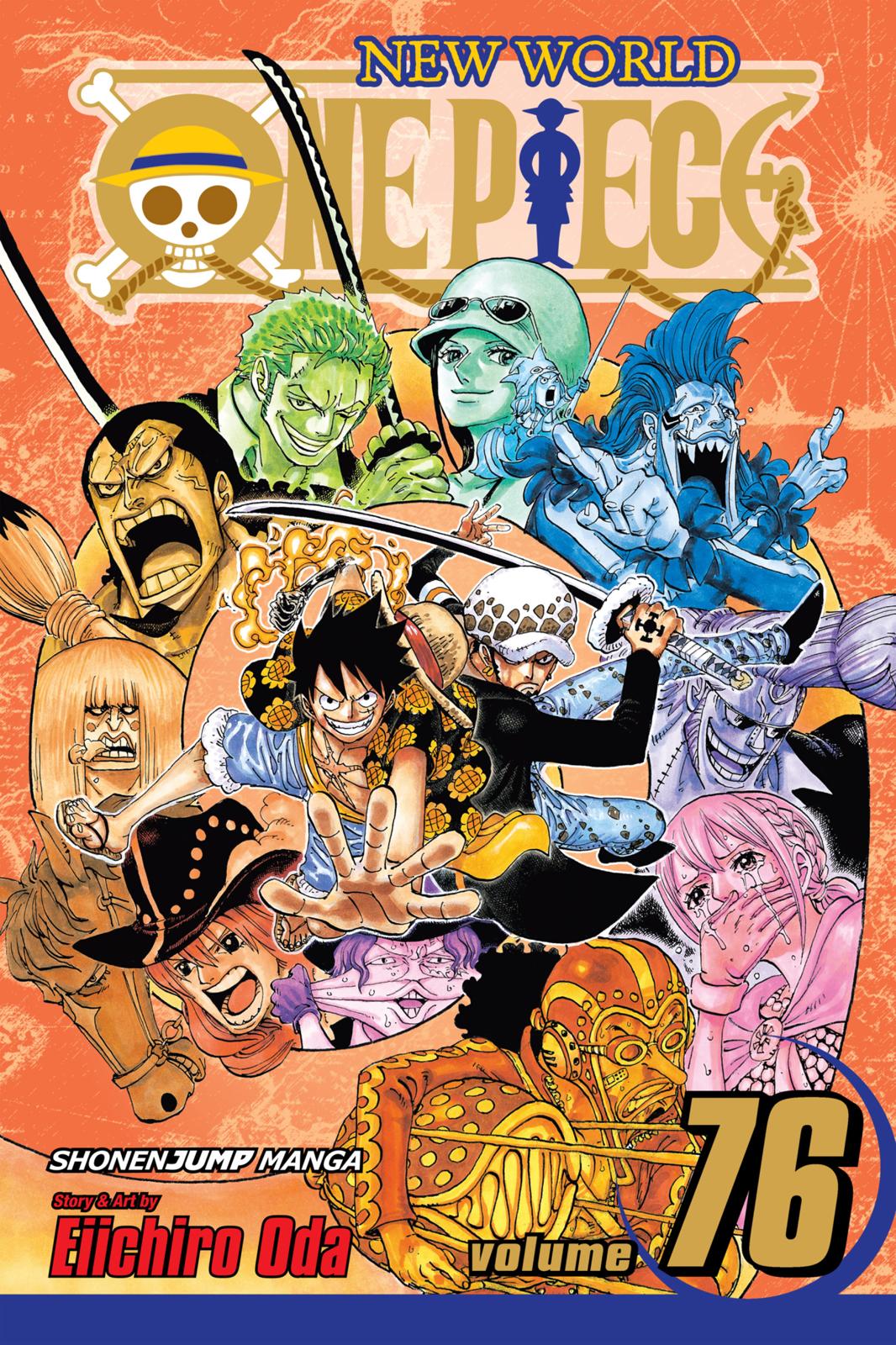
Punk Hazard
If Fishman Island was a mess thematically, then Punk Hazard is a mess structurally. Now, I’m sorry guys, but I don’t think One Piece’s panelling is very good, and I actually think it tends to get worse as you get deeper into the series, not better like you would expect.
There’s not a good sense of flow between each panel, even between each page sometimes, which makes the New World hard to read. After this point, I’ll have to re-read certain pages, even certain series of pages, many times throughout my time experiencing the New World. Punk Hazard is another one of those arcs, like Skypeia, which seems to have no defined consensus and I think this is the primary reason why.
It’s also just the most “video game cutscene” kind of a story that I have ever read in my entire life. There’s a lot of running around. The island is split into Fire and Ice just like in Banjo Kazooie. The main villain is also an evil mad scientist clown, just like in an SNES/N64 game. It looks like we’ve gone from cartoons to video games, folks.
On the other hand, I think a part of the reason why certain people love this arc so much, is because this is the last “classic” One Piece arc. There’s just far less surprises anymore. We already know where we’re going before we even get there. The New World feels less like a free-form, open world adventure, and more like a linear series of planned trips. There was just a certain childlike wonder in stumbling upon something exciting, ya know?
Punk Hazard is also the last arc that didn’t have the most fuck-huge cast imaginable. And because of that, each Straw Hat was given a little something to do, despite the fact that Smoker and Law were given critical roles.
Before we move on, I have one last thing to say. Now, we’re just going off vibes here, but I feel that Eiichiro Oda focuses way more on planning ahead for future events, rather than just focusing on the current story. If that’s true, it means he makes a bunch of chapters that simply boils down to pointless shenanigans, or just padding out a current event for the sake of it, in order to give him more time to plan out for the future.
This might be how he’s able to keep One Piece going consistently every single week, without going on extended hiatuses. Take “Hunter x Hunter” as a loving comparison. This leads to a ton of side characters and great world building, but it can also make One Piece feel like a goddamn slog as a sacrifice, and arcs like this feel prolonged for the sake of being prolonged.
Final Ranking: D
Dressrosa
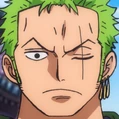
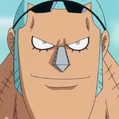


The next three mega arcs are essentially, in my opinion, One Piece’s equivalent to the new Star Wars trilogy, with all the positives and negatives that implies. If Alabasta was “A New Hope”, then that would make Dressrosa like “A Force Awakens”. Does that make any sense?
Dressrosa is a bit tricky for me because I felt that the first and third acts were pretty awesome, but where it fluctuates is in the middle. The pacing is extremely inconsistent, and it’s probably the most fatiguing that it’s ever been, if we’re being completely honest.
A fun bit of trivia, and a part of why it’s so fatiguing, is the fact that Dressrosa all takes place within a single day, and I do mean day, not night. That means we are now trapped within the same location, at pretty much the same time of day, for over 100 chapters in a row.
So, if the location can’t pull it’s weight, Dressrosa instead opts to give us lots of characters to look at, one of them being Doflamingo. One Piece doesn’t have too many great villains, but whenever one shows up, it’s phenomenal, and Doflamingo might actually be the best. It's not like he completely carries Dressrosa on his shoulders or anything, but he still does a lot to elevate the arc.
Let’s talk about Corrida Colosseum. One Piece has never done a Tournament up until this point, and I’ll have to admit I immediately groaned because I knew One Piece wouldn’t be afraid to take an awfully long time in there. Do I remember any of the characters? I do not. But was the action any good? It was pretty good, actually, so there you go.
I would argue that’s one of Dressrosa’s big successes actually, the fights in Dressrosa are some of the best choreographed in the series up until this point. A good example of this was Zoro versus Pica, but it can also be Luffy activating Gear 4 for the first time.
It’s here where we need to complain about Robin. There’s a lot of fighting going on in Dressrosa, so you would think the one Straw Hat with a Devil Fruit would be able to get one. But no, Robin’s role was essentially just to protect Rebecca.
Speaking of, I cackled when I first saw Rebecca’s character design. It’s awful, it’s disgusting. Her character essentially exists just to give Kyros, a man, the drive to be awesome, rather than display any awesomeness herself. Man, why couldn’t the fight against Diamante be against Kyros, Robin, and Rebecca?
Usopp was pretty frustrating as well. Usopp’s character development was something I really enjoyed and had gotten invested in, so seeing it all thrown into the garbage in that moment really pissed me off.
So, in short, Dressrosa fluctuates. It strikes an intriguing balance of high points and low points. Those low points... god, they’re low points, but I would still argue the high points are typically worth it.
Before I move on, let’s talk about this. The thing is, when One Piece as a series has it’s low points, typically those low points come from Eiichiro Oda introducing too many characters, and way too many plot threads, and insisting on following all of them. In Dressrosa, there’s just way too many scenes dedicated to following brand new characters, that I didn’t care about at all.
Final Ranking: A (on a good day)
Whole Cake Island
Chapters: 802-908 (107)
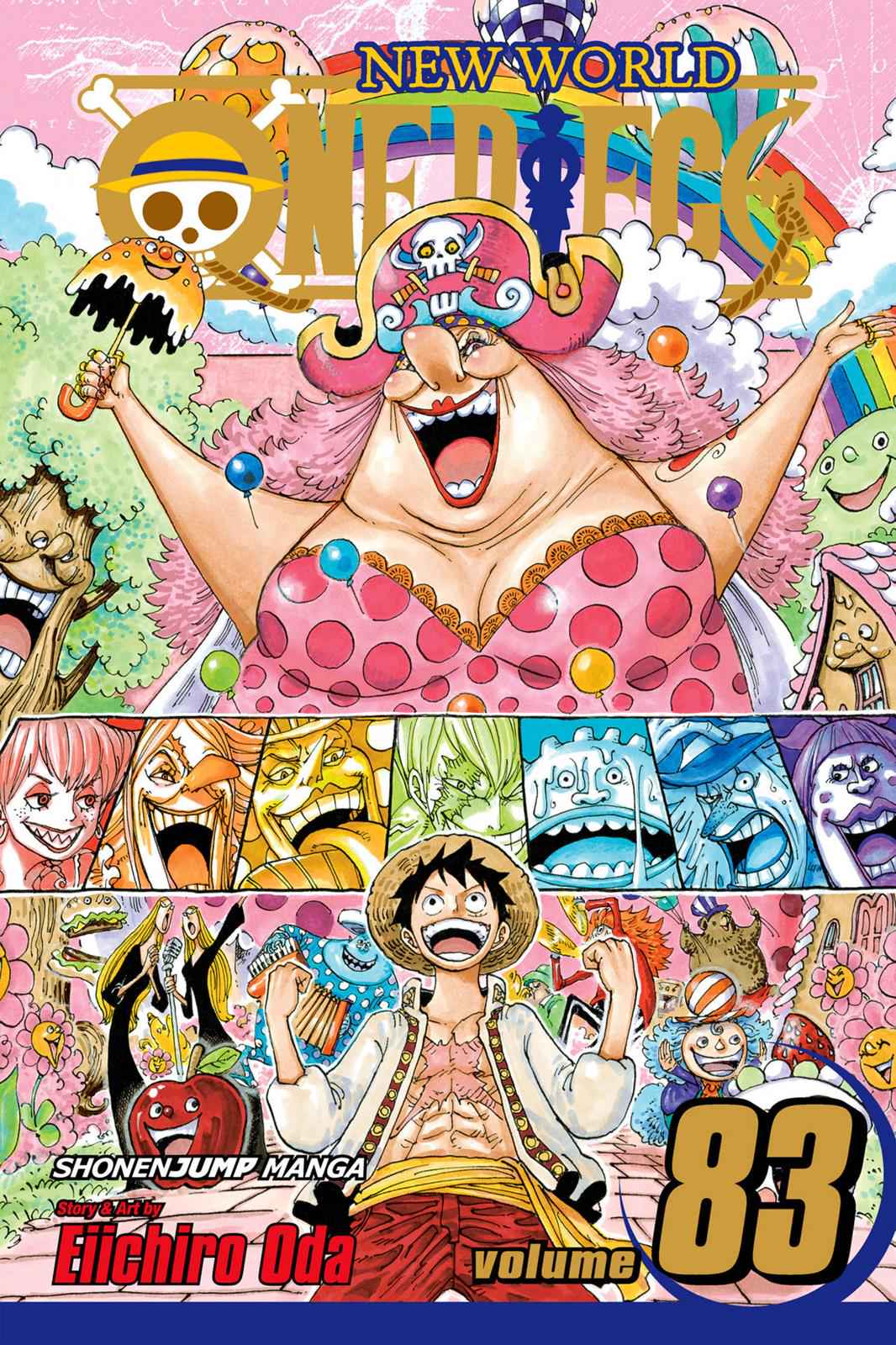
Zou
It’s here where the New World really starts to grow it’s beard in my opinion. One of the benefits of Zou is it’s length, we don’t have to suffer through another 50 chapters of mostly just pure fluff again, we’ve got 20-something chapters, and that’s all it needs.
Let’s talk about the location. Punk Hazard and Dressrosa were both visually flat, so Zou was such a feast for starved eyes in comparison. The island being stuck on the back of a giant elephant was also such a cool idea.
In terms of characters, I really liked Dogstorm and Cat Viper. They didn’t feel like gimmicky throwaway characters, their designs were great, and their personalities were wonderfully over the top.
Let’s talk about the Straw Hats getting split up, as you’ve probably noticed the little icons by now. I have some mixed feelings about this, the downside is that it leaves out what should be some of the most important characters for a very long time, but the upside is that they get to come back completely fresh, and I was more excited to follow them again in a new arc as a result.
In short, Zou was able to tell a fairly compelling story, with some unexpected plot twists. It also marks a real endgame for the series, signalling to us that we might actually be getting close to finding the One Piece.
The pacing was perfect, the location was stunning, the characters were amazing, the story revelations felt highly impactful, the action and the flashbacks were both beautiful, and it was the much needed break we needed from all of the mega arcs that surround it.
Final Ranking: S
Whole Cake Island
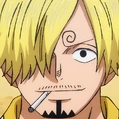

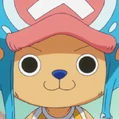
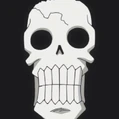
It’s at this point where a lot of fans seemed to have a real crisis of faith about the series, but I seemed to have the opposite reaction, as I could feel myself getting enthused about reading One Piece again. In fact, I would go as far to say that Whole Cake Island is one of the best arcs in One Piece.
Let’s talk about Big Mom. I think she’s super memorable, and it highlights one of Eiichiro Oda’s greatest strengths, which is conventionally unattractive women. In fact, I think she could have been even better. The thing is, there are plenty of folks out there who have stunted emotional development for one reason or another, due to how they were raised, or due to trauma, etc. Big Mom hasn’t really developed since she was 5 years old. She’s essentially still a child, that’s fascinating, and I felt that there was a lot of untapped potential there.
I also felt that Katakuri was another outstanding antagonist, so that’s two of them, which is a big deal for One Piece. To speak personally for a second, I grew up a very insecure kid, so I’ve always had a soft spot for characters who hide their faces. Combine that with the fact that he’s also one of the older siblings, which I also was, and there you go, you’ve won me over.
One of the big saving graces was Sanji, if you can believe that. Man, what a redemption. We finally got to find out his real backstory, and I did like learning about his family. Sanji finally gets to be cool again, and he finally gets to be relevant again. I was completely ecstatic, you never would have thought.
Brook was also a highlight, which was a character who very much got the ass end of the deal. He joined at the end of Thriller Bark, only to get obliterated during Sabaody Archipelago not soon after, did very little during Fishman Island and Punk Hazard, and disappeared for Dressrosa.
That means this was pretty much Brook’s one and only chance to shine, and thankfully he did. And Brook just goes at it, facing off against Big Mom all by himself. Not only did he get copies of not one, not two, but three Poneglyphs, he smashed the photo of Mother Carmel, and was just awesome in general.
The unexpected favourites just keep coming! Pedro was awesome, and so was Capone. I was in utter disbelief at how much I enjoyed him because he was initially my least favourite of the worst generation. I was a little worried about the worst generation initially because it was very clear that they were simply made up on the spot, but I think they’ve paid off in spades, and are a welcome addition to the New World.
Unfortunately, that doesn’t apply to Carrot. See, I was extremely disappointed that Jinbe didn’t join the crew yet. Was it worth it for the inclusion of Kinemon and Carrot? No. Please eliminate them.
Overall, Whole Cake Island feels like the series truly mending itself, redeeming a handful of a lot of the lamest characters. It also took a lot of valuable lessons from Dressrosa, I think, and implemented them into a more refined story. The antagonists were memorable, the setting was compelling, and it wasted significantly less time. So, I gotta say, I really liked this one.
Final Ranking: S
Wano
Chapters: 909-1057 (149)
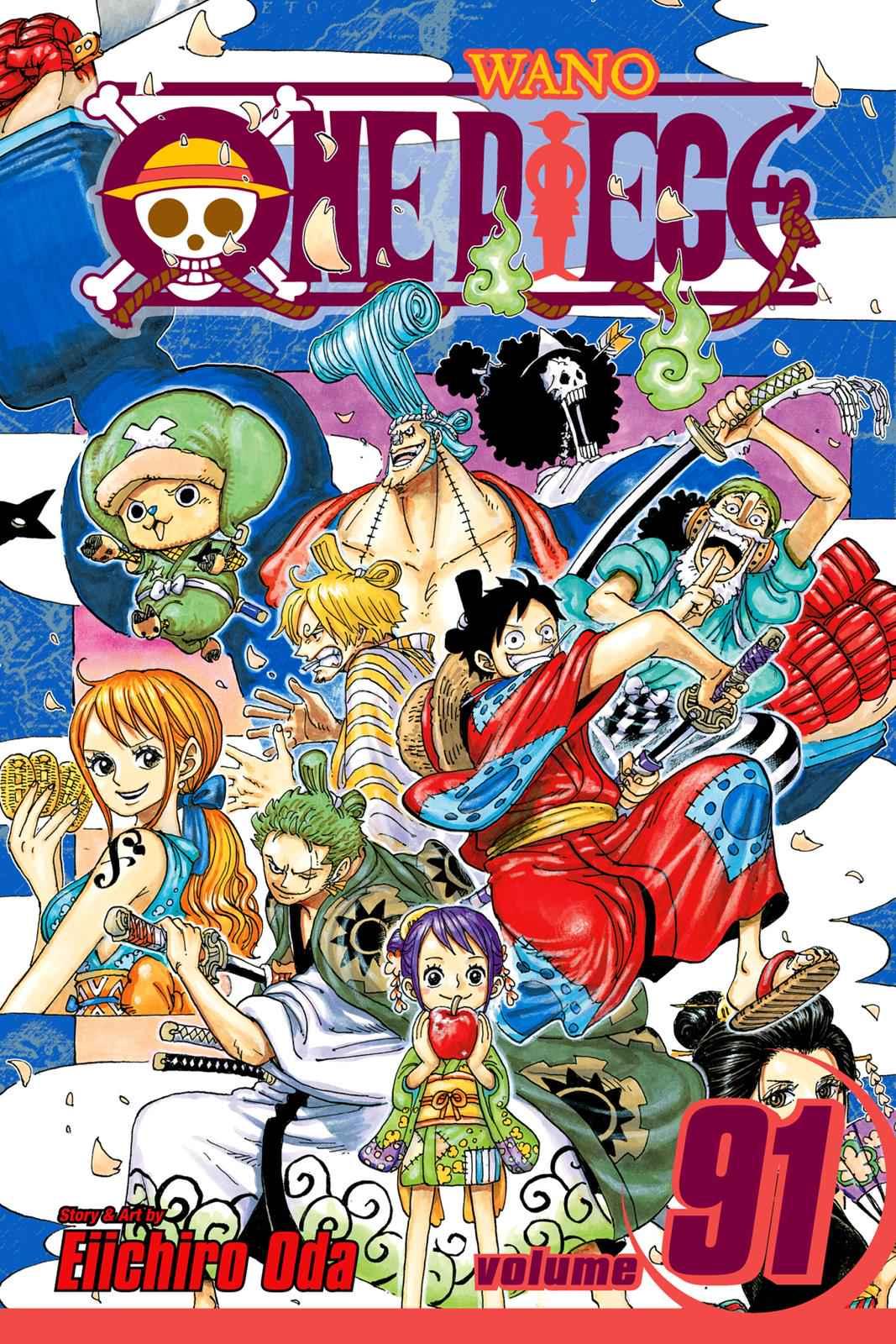
We’re going to do things a little bit differently this time. The thing is, Wano is excruciatingly long, but something that helps is that it clearly telegraphs all of it’s story sections into clear acts, so let’s do that as well.
It also hasn’t gone unnoticed that the crisis of faith that I mentioned earlier really kicks into overdrive by this point, and I gotta say, after finally reading Wano for myself, I think that’s complete bullshit. If you gassed up Punk Hazard, but turned your nose up at Wano, you are fucking insane. There’s just so much good shit in Wano, and I can’t help but love it because of that.
Act 1: Pleasant Beginnings
Alright, so the beginning sections of any One Piece mega arc is by far one of the most enjoyable. The series can throw absolutely anything at us, and it would be simply amazing. The reason for this is primarily because we just haven’t seen it before, so there are no expectations. You could argue that this is where One Piece is at it’s best, as it most embodies the spirit of discovery and adventure.
Wano is by far one of my favourite locations that we’ve ever been to, not just in One Piece, but in all of fiction. Wano is an isolationist country, it’s culture was allowed to develop without much intervention from the outside world, at least until Kaido came into power. I’m assuming that this is why it had to be communicated Ace is dead, which of course the story doesn’t care much about.
When we first encounter Wano, what we see is a land without much food and is polluted with toxic streams. And in true One Piece fashion, this is communicated to us though jokes about getting a tummy ache. The point being, Wano has become a land of extreme inequality, they have nothing.
Regardless, Wano is one of the most beautiful locations that I have ever seen. I also felt that Act 1 flowed pretty smoothly, almost feeling like a classic One Piece arc in of itself. I even enjoyed the horse girl, and... Bat Man, okay then.
Act 2: Heightened Intensity
It’s here where the shininess of the new setting begins to wear off. It also takes a surprisingly short amount of time to do this, as Act 1 is only about 15 chapters, and Act 2 is about 30 chapters. I don't know, what is that, like an hour or two of reading? Regardless, the characters now have to do the heavy lifting.
The problem with any Act 2 is that you never quite know when it’s going to end. It doesn’t necessarily have a distinct flow, and it will continue for as long as needed in order to set up all the pieces.
Now, this is something I had mixed feelings on with all the other mega arcs as well, but we have a massive supporting cast. A lot of these are just background characters that don’t play a major role, they’re just here to give Wano itself a lot of flavour. Regardless, it’s not without it’s highlights.
Let’s start with the worst generation. A couple of them make their appearance, but unfortunately I do not care about half the ones that show up in Wano, I’m going to be so real with you right now. The real stars are Trafalgar Law, of course, Eustass Kid, and Killer. Basil Hawkins, Scratchmen Apoo, and X Drake, I couldn’t care less about, in the trash you go.
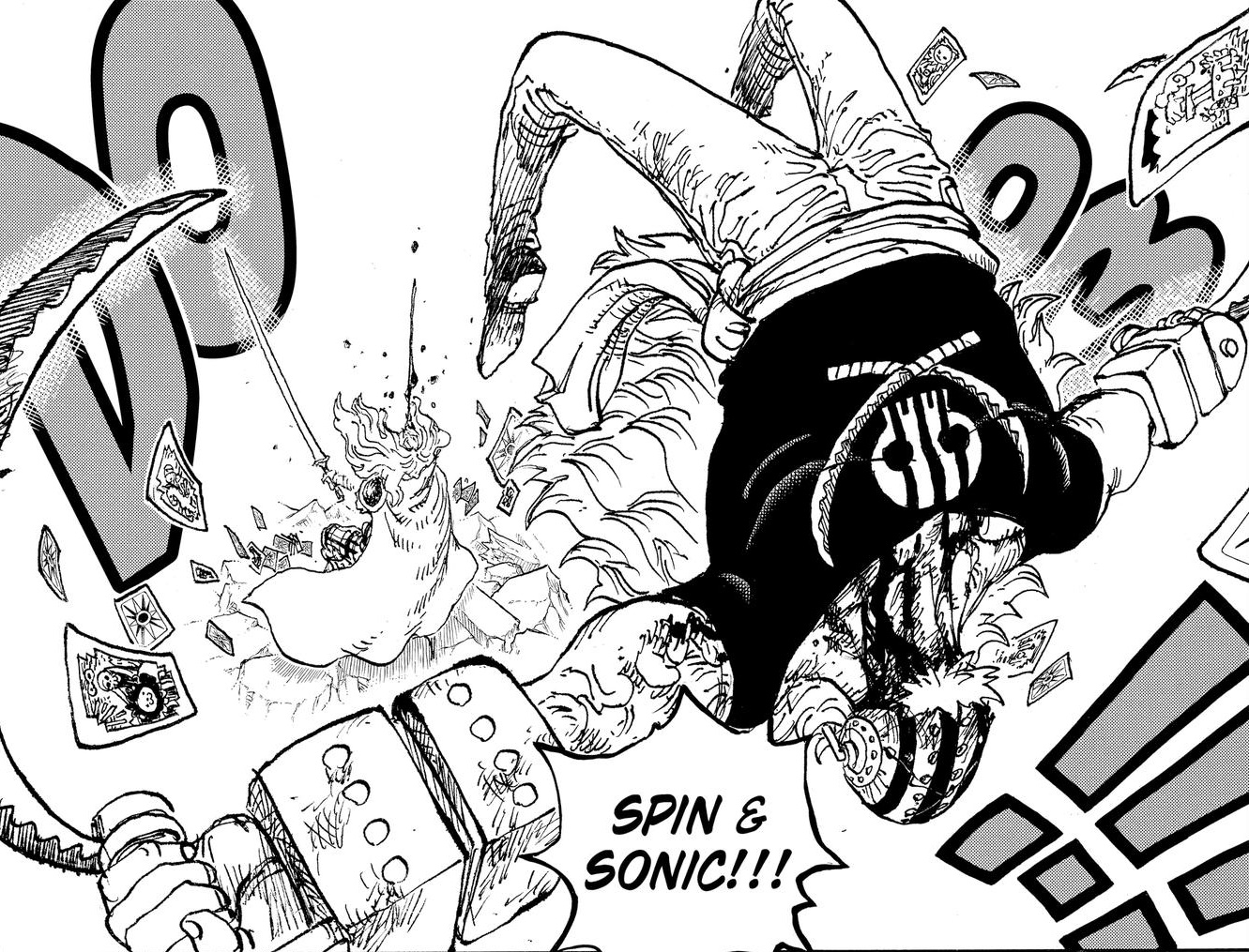
Law and Kid are a given, but let’s talk about Killer as he was the big surprise here. He tragically eats a Smile Fruit in order to save his captain, but he felt like a real threat, landing some wild moves on Kaido, as well as his cleaver strategy in defeating Basil Hawkins. Killer was just an absolute pleasure.
Up next is O-Tama, the first person Luffy meets on Wano, who gives the arc one of it’s emotional focal points. She's Wano's "Orange Town puppy", essentially. She’s one of the two characters who were connected to Ace, and introduces a reoccurring gag, which is hunger. She's here to give Luffy more personal stakes as he fights against Kaido. You could argue that she’s kind of like Luffy when he was a child, with Luffy acting as her Shanks.
Immediately what comes to mind are the tragic residents of Ebisu Town, forced to laugh forever, specifically Yasuie. His heroic sacrifice makes him one of Wano’s most memorable characters by far, along with Toko.
The Nine Scabbards are less memorable, but at least they’ve got colourful designs, and it actually gives Kinemon something to do. Kinemon has been with the Straw Hats for most of the New World, so this is extremely important. Wano takes the time to give them all fully developed personalities, so they’re practically a second crew, take that for what you will.
Marco the Phoenix shows up, remember that guy? He made sure Zoro made it on time to be on the rooftop, so that’s nice. Carrot, along with Wanda (Zou), are also featured heavily in their match against Perospero (Whole Cake). Carrot takes the loss here, so okay then, I guess that's the end of that.
Up next is the Kouzuki Clan. The big standout was Momonosuke, of course, who was just a scared little kid, but in Wano he had to grow up fast, literally, to carry on the legacy of his father and protect his country. This gives Wano one of it’s most iconic moments.
The last character I’m choosing to talk about is Big Mom, who washes up on the shores of Wano with amnesia. There’s no real plan for her, she’s essentially just a wild card that got thrown in here, because it would be fun to see where the story takes her. And where she ended up was fun, so there you go.
Act 3: Pathos and Tragedy
It’s here where we might hit a bit of a snag. See, all of the big action sequences won’t land quite as powerfully if there’s no emotional backing behind it. Now, you might be thinking, what about the main characters? You’re crazy, get outta here! No, what we need is flashbacks, lots and lots of flashbacks.
To be fair, an Act 3 is usually quite short, so as to not overstay it’s welcome. Wano is an outlier in this regard, as the Odin flashback takes up about 15 chapters in of itself, which was also the entirety of Act 1.
The point of Odin was to lead us into the next character, the son of Kaido, Yamato. Now, we didn’t even know this character existed until we were already on the Raid on Onigashima. It’s ironic because this was literally all you needed in order to make Act 4 feel meaningful, you don’t need thousands of characters in order to do that, just one really strong one.
Now, Yamato was a powerful force in the story from the moment he appeared on the page, and quickly became one of my immediate favourite characters in the entirety of One Piece. With the help of Odin’s flashback, and his backstory with Ace, this character brought with them huge story revelations, and immediately became one of my all time favourites.
Act 4: Song and Dance
Act 4 is what we’ve all been waiting for, the action packed climax! Why, this should be your favourite part! Well, this might be a hard pill to swallow if you’re a shonen fanboy, but extended action sequences are some of the most fatiguing experiences you can put your readers through. So, I also hope you’re excited for that final arc by the way, it’ll be the backlash of a lifetime.
A part of the problem is that while all of this fighting is happening, the story is not actually progressing. Act 4 pretty much freezes the story in time, as nothing else can happen until the roadblock that is the antagonist can be dealt with.
Now, there was just so much to the Raid on Onigashima, but let’s just talk about Kaido. He was absolutely fearsome in his power, a looming unstoppable force of nature, but that’s pretty much where he begins and ends. There are subtleties to his character, but they all feel pretty superficial once we get down to it, and they don’t really matter in the grand scheme of things.
It feels like the reason he was made to be so imposing in the first place, was just so that it would be even funnier seeing him get thrown around like a Looney Tunes character by Luffy. Which is great, so Kaido succeeds when it comes to spectacle, especially in a huge arc like this, but he just falls short when it comes to anything that feels personal or substantive.
Let’s talk about the Straw Hats. I’m very much been wanting more from Usopp, especially since his character got dunked on back during Dressrosa, but he gets nothing to do in Wano. I also feel like Brook is pretty much done, he got his moment on Whole Cake Island, but he mostly plays a support role on Wano.
Jinbe finally officially joined the crew, which I am so happy about, and he gave his racist opponent a well-earned smack down. Baby Chopper was a thing, so alright then. And Franky ran over Big Mom with a motorcycle. Nice.
More importantly, Nami begins her journey getting Mom-pilled, like all tomboyish orange haired anime characters seem to do. This is signalled to us through acquiring Zeus, as well as becoming a surrogate mother for O-Tama.
Robin also got to fight for once, she got an amazing new power-up in the process, as well as getting to help Sanji. Speaking of Sanji, he continues his character arc from Whole Cake Island, unpacking a ton of family trauma.
Zoro literally conquered the grim reaper and received a new sword, but we learn surprisingly little about his heritage. Zoro is probably the biggest disappointment here, as this would have been the perfect opportunity to flesh him out a little more, similar to what Sanji got on Whole Cake Island.
Act 5: The Rapid Conclusion
Act 5 is usually quite a nice section of One Piece. The big bad is gone, the island is saved, and we’re just taking the time to clean up, as well as checking in everywhere else in the world. This is generally where some of the most memorable moments of One Piece comes from.
Let’s talk about Luffy. Now, from what I understand, the internet had some mixed reactions to Gear 5, but I don’t care, I love it so much!! Gear 5 was such an incredible reveal, it’s one of my favourite things that’s ever happened. From here on out, I am incredibly hyped to see Luffy fight, it’s so much fun!!!
Here’s the long and short of it, because I’m tired of typing and I want this to be over with. The Raid on Onigashima was kind of bloated, and the ending was kind of rushed. But overall, I feel that Wano was one of those arcs that was able to outshine any of it’s flaws. There was just so much good stuff in it, and I was able to enjoy myself from beginning to end.
Final Ranking: S